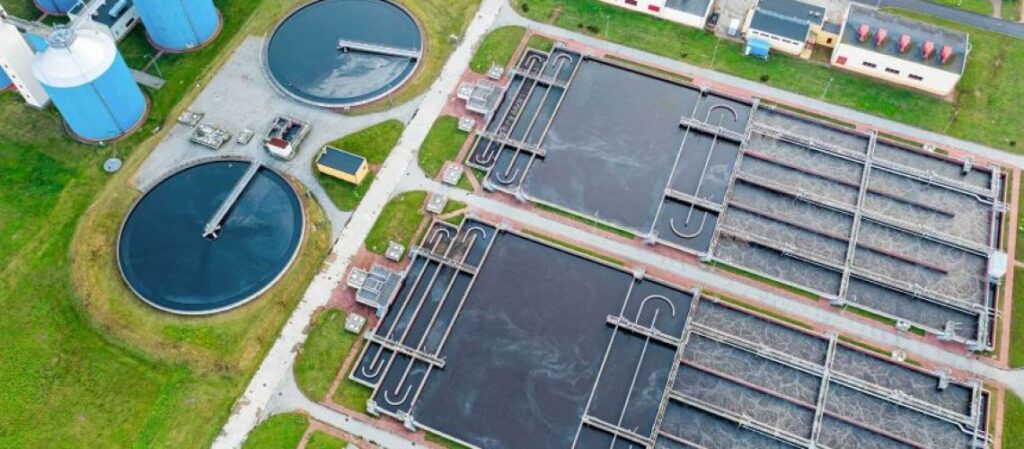Waste Treatment Chemicals

Aquatic Solutions offers cost-effective raw water treatment solutions, for reduction of suspended solids & dissolved ions in surface water. They have been developed after studying the settling and rise rates of suspended impurities under fluctuating conditions.
Water treatment plants are facilities designed to treat and purify raw water from various sources, such as rivers, lakes, or groundwater, to make it safe for human consumption and other purposes. These plants employ a combination of physical, chemical, and biological processes to remove contaminants and ensure the quality of the treated water. Here are the key components and processes typically found in water treatment plants.
Water Treatment Chemicals Leading manufacturer and exporter of water treatment chemical, industrial water treatment chemicals, waste water treatment chemical and related speciality treatment chemicals.
Coagulation and Flocculation:
Chemicals, such as aluminum sulfate or ferric chloride, are added to the raw water to destabilize and aggregate suspended particles, forming larger particles called floc.
Sedimentation:
The water flows to sedimentation basins or clarifiers, where the floc settles to the bottom due to gravity, forming a layer of sludge.
Filtration:
The water passes through layers of granular media (such as sand, anthracite, or activated carbon) to remove remaining suspended particles, microorganisms, and some dissolved substances
Disinfection:
To kill or inactivate harmful microorganisms (such as bacteria, viruses, and parasites) that may be present in the water, disinfectants like chlorine, chloramines, or ultraviolet (UV) light are applied. This step ensures the water is safe for consumption.
PH Adjustment:
Chemicals like lime or carbon dioxide may be added to adjust the pH level of the water to an optimal range, ensuring corrosion control and minimizing scaling.
Fluoridation:
In some cases, fluoride may be added to the treated water to prevent tooth decay and promote dental health.
Advanced Treatment:
Depending on the quality of the source water and specific requirements, additional treatment processes may be employed, such as membrane filtration (such as reverse osmosis or nanofiltration), activated carbon adsorption, or advanced oxidation processes.
Storage and Distribution:
The treated water is stored in reservoirs and then distributed through a network of pipes to homes, businesses, and other users.
RELATED APPLICATIONS
- Coagulents
- Floculents
- Polyelectrolyte
- Biocultrure
- Colour Removal
Water treatment plants play a crucial role in providing safe and reliable drinking water to communities. They help remove contaminants, improve aesthetics, and protect public health by ensuring that the water supplied meets the required quality standards.
A clear water pump is provided at the inlet of the filter to feed clarified water.
- Sand Filter
- Carbon Filter
- Rapid Sand Filter
- Gravity Sand Filter
- Iron Removal Filter
- Fluoride Removal Filter
- Zinc & Manganese Filter
- Bromide Removal Filter
- Ultra filtration
- Swimming Pool Filter
- Micron Fine Filtration
Based on the process or individual requirement, further stages of treatment are designed to produce high purity water. In this stage Dissolved ions & other impurities are reduced to considerable levels.
- Ion Exchange Plant
- Demineralization (DM) Plant
- Reverse Osmosis (RO) Plant

